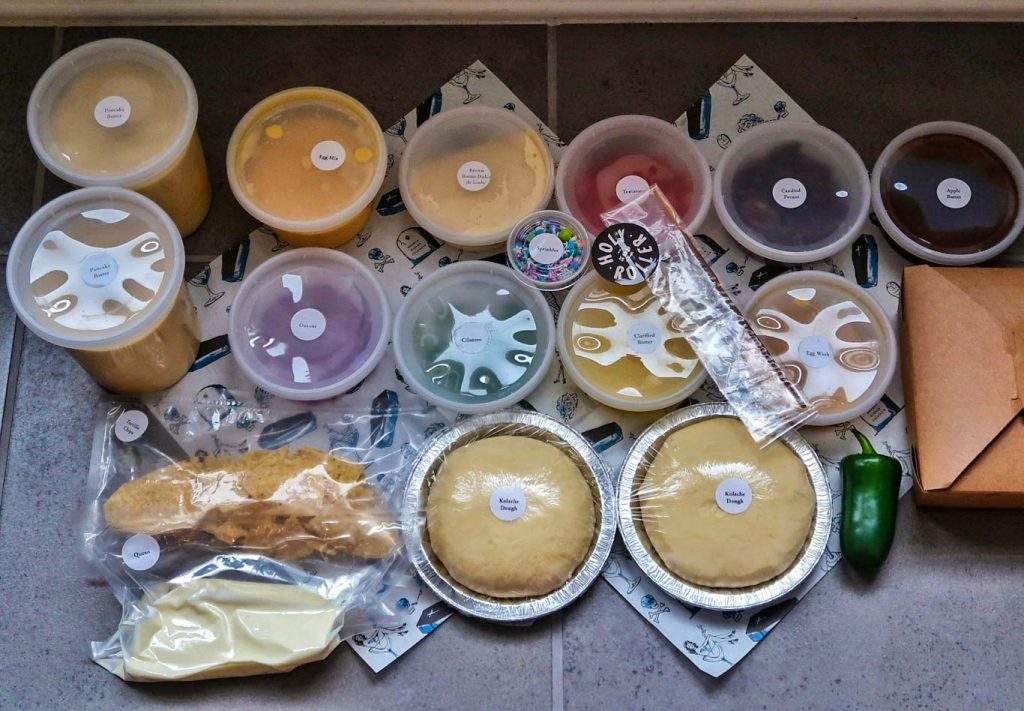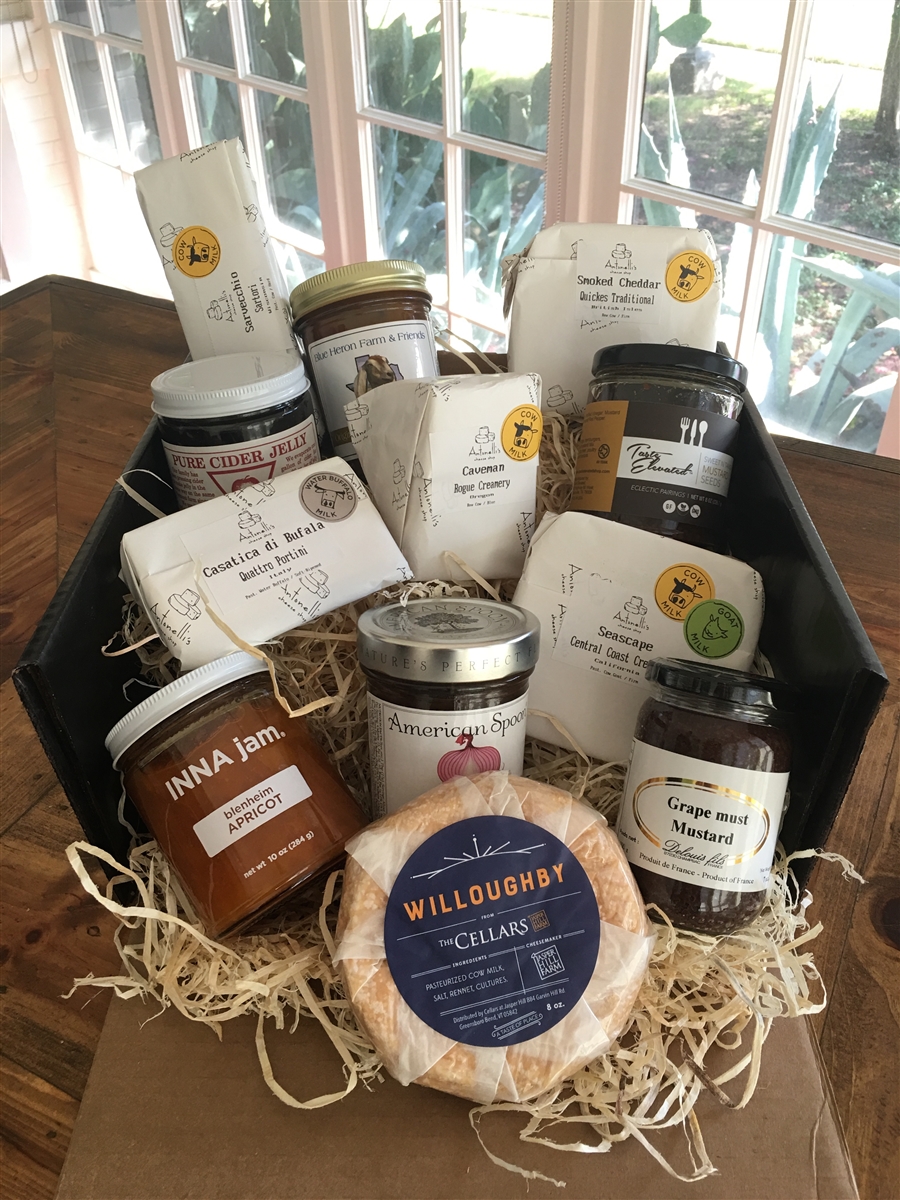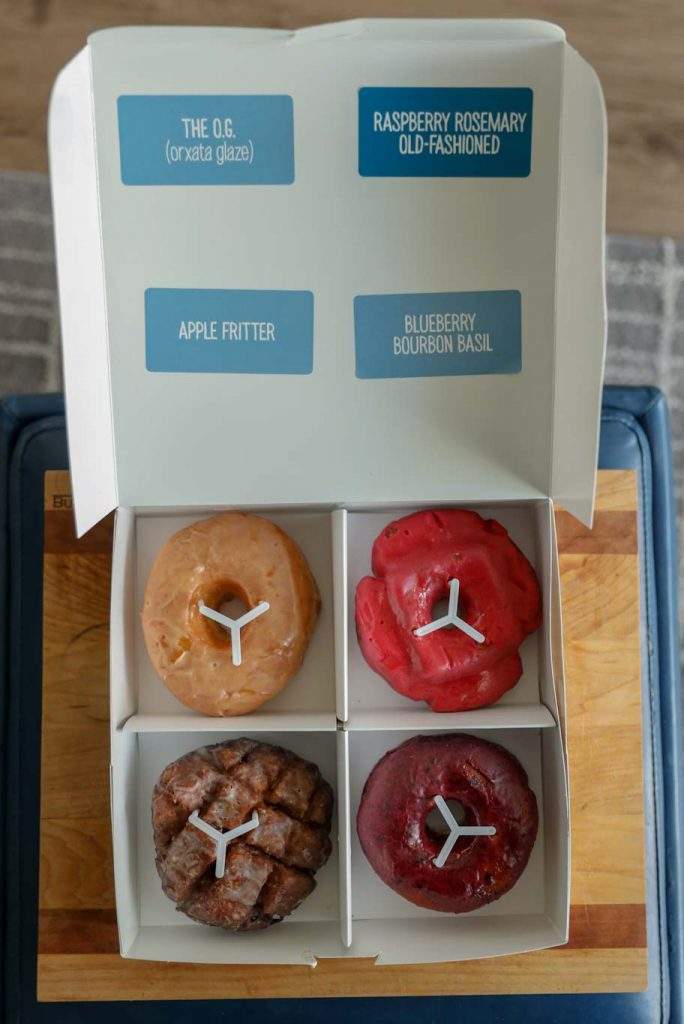Food packaging is one of the most important aspects of the food industry. It is responsible for protecting food from contamination, pests, and other environmental factors. In addition, food packaging must meet certain government regulations in order to be sold in stores. If you are looking for information about understanding the importance of proper food packaging, you have come to the right place! In this blog post, we will discuss the different types of food packaging and how they protect your food. We will also talk about some of the common problems that can occur with food packaging and how to prevent them.

Why Do You Need To Package Your Food Properly?
Protects the Food from Contamination
Many people are not aware of the importance of packaging food properly. The question that often arises is “why do we need to seal or package food?” and there are many reasons to do so. One of the most important reasons to package your food properly is to keep it safe from contamination. When food is not packaged properly, it can come into contact with bacteria, viruses, and other contaminants that can make people sick. This means that it is important to package your food in a way that will prevent contamination.
There are many types of food packaging that can be used to protect your food from contamination. Some of these include:
-Sealed containers: Sealed containers are one of the most effective ways to keep your food safe from contamination. They prevent outside contaminants from coming into contact with your food.
-Vacuum packaging: Vacuum packaging is a type of food packaging that removes the air from around your food. This prevents bacteria and other contaminants from coming into contact with your food.
-Nitrogen packing: Nitrogen packing is a type of food packaging that uses nitrogen to remove the oxygen from around your food. This prevents bacteria and other contaminants from coming into contact with your food.
Food Becomes Spoiled Faster
In addition, improperly packaged food can become spoiled more quickly and cause food poisoning. Food poisoning is a serious health concern and can be fatal in some cases. When food is not packaged properly, it can allow oxygen and other contaminants to come into contact with your food, which can cause it to spoil more quickly. This is why it is important to package your food in a way that will prevent it from becoming spoiled.
Protects Food from Physical Damage
Another reason to package your food properly is to protect it from physical damage. When food is not packaged properly, it can be damaged by pests, chemicals, and other environmental factors. This can cause the food to become unsafe to eat.
Improves the Shelf Life of the Product
Finally, packaging your food properly can improve the shelf life of the product. When food is not packaged properly, it can expire more quickly and become unsafe to eat. This is why it is important to package your food in a way that will prevent it from expiring. Also, by packaging your food properly, you can keep it fresh for longer periods of time.
Types Of Food Packaging
There are many different types of food packaging, and each has its own benefits. The most common types of food packaging are plastic wrap, aluminium foil, glass jars, paperboard boxes, aseptic packaging, and bags and pouches.
Plastic Wrap
Plastic wrap is often used to wrap meat, fish, and vegetables. Plastic wrap is effective at keeping food fresh and preventing contamination. Another advantage of plastic wrap is that it is clear, which makes it easy to see what food is inside. However, it is important to note that plastic wrap is not recyclable and should be used sparingly. This means that it is important to reuse plastic wrap when possible. Another downside of plastic wrap usage is that it can be difficult to open.
Aluminium Foil
Aluminum foil is another common type of food packaging that can be used to wrap food or line baking pans. Aluminium foil is durable and does a great job of keeping food fresh. It is also recyclable, making it a more sustainable option than plastic wrap. Also, it can be used to line baking pans before cooking to prevent food from sticking. It is made of aluminum, which is a metal that can conduct heat. This means that it should not be used in the microwave. Also, it is important to note that aluminium foil is not biodegradable, which means that it should be used sparingly.
Glass Jars And Containers
Glass jars and containers are also popular for storing food. Glass is a non-porous material, which means that it does not absorb flavors or odors from food. Glass containers are also easy to clean and can be reused multiple times. However, they are breakable and can be more expensive than other types of food packaging. On the other hand, glass jars are reusable and can be recycled. They are the perfect way to store pickles, jams, and other preserving foods. Additionally, plastic jars are a good alternative to glass because they are not breakable and are often cheaper.
Paperboard Boxes
Paperboard boxes are commonly used for packaging cereal, crackers, and other dry goods. Paperboard is a recyclable material that is made from recycled paper products. It is also biodegradable, making it a good choice for those who are looking for sustainable packaging options. One downside of paperboard packaging is that it is not as durable as other types of packaging and can be easily damaged.
Aseptic Packaging
Another type of food packaging is aseptic packaging. Aseptic packaging is a type of food packaging that uses sterile containers to store food. This type of packaging is often used for milk, juice, and other beverages. Aseptic packaging is effective at keeping food fresh and preventing contamination. However, it is important to note that aseptic packaging is not recyclable or biodegradable.

Bags And Pouches
Bags and pouches are also popular for packaging food. Bags and pouches are often used for snacks, candy, and other small food items. Bags and pouches are easy to open and close, which makes them convenient for on-the-go snacking. However, they are not recyclable or biodegradable.
Having your food properly packaged is important for many reasons. It can help to extend the shelf life of your food, keep it fresh, and prevent contamination. So, before you choose your next food packaging, be sure to consider all of your options.


